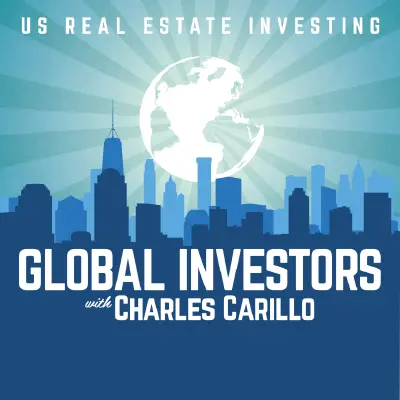Podcasts about Business
Episodes about Business
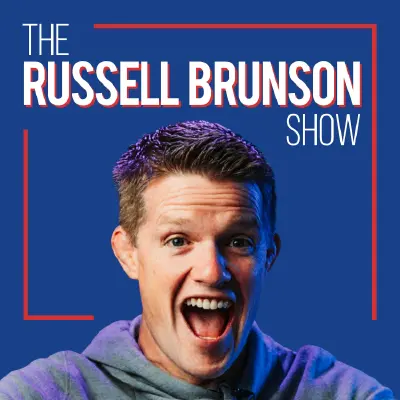
Jul 14, 2025
Inside My Car: What I’m Rethinking About Productivity, Offers, and Purpose | #Success - Ep. 52
The Russell Brunson Show ❭
In this episode of The Russell Brunson Show I’m back in the car… Just like the old days!
I’m sharing what’s been happening behind the scenes at ClickFunnels, Secrets of Success, and my personal life. We’re in a challenging season, but in the best way possible. I’ll walk you through the funnel testing process we’re deep in right now, the real reason “You’re One Funnel Away” still rings true, and the surprising moment at an Atlas meeting that led to one of the biggest breakthroughs I’ve had in years… the birth of the 1357 Club.
If you’ve ever struggled to dial things in and stay focused through all the chaos of business, this episode will ground you. I also talk about some recent changes in my scripture study habits… Reading not just for knowledge, but for revelation. This isn’t just marketing advice. It’s personal. It’s practical. And if you let it, it might just reframe how you approach your mornings, your business, and even your faith.
Key Highlights:
Why ClickFunnels is in “discovery mode” and how that’s a good thing
The 1357 Club: How Napoleon Hill, a rare journal, and a Zoom room of entrepreneurs sparked a movement
Why 13 minutes and 57 seconds might be the most productive part of your day
The real math behind scaling paid ads (and what I’m doing to beat the rising costs)
How to build offers that seamlessly integrate with your back-end software or affiliate goals
A new way to read scripture with purpose: revelation over routine
Bottom line: Business is a battle. But it’s also a beautiful game when you learn to play it with the right mindset, frameworks, and spiritual grounding. This episode is a front-row seat to how I’m navigating both worlds… funnel building and faith… At the same time!
To learn more about 1357 Club… Check out 1357Club.com
https://sellingonline.com/podcast
https://clickfunnels.com/podcast
Special thanks to our sponsors:
NordVPN: EXCLUSIVE NordVPN Deal https://nordvpn.com/secrets Try it risk-free now with a 30-day money-back guarantee!
Northwest Registered Agent: Go to northwestregisteredagent.com/russell to start your business with Northwest Registered Agent.
LinkedIn Marketing Solutions: Get a $100 credit on your next campaign at LinkedIn.com/CLICKS
Rocket Money: Cancel unwanted subscriptions and reach your financial goals faster at RocketMoney.com/RUSSELL
Indeed: Get a $75 sponsored job credit to boost your job’s visibility at Indeed.com/clicks
Learn more about your ad choices. Visit megaphone.fm/adchoices
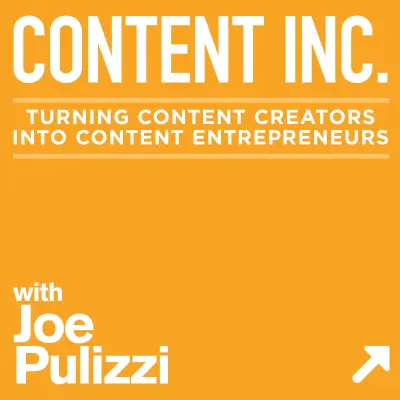
For most Americans, the Big Beautiful Bill is destructionist legislation. But, I started to to look at it like any small business owner, entrepreneur should. There is a silver lining for creators. Congress has just passed one of the biggest tax packages in recent history, billions in adjustments. And there are four key areas that are critically important for content creators. 20% Qualified Business Income Deduction (QBI) No Tax on Tips (up to $25,000) No Tax on Overtime (within limits) 100% Bonus Depreciation This bill is a giant flashing neon sign that says: “We reward people who own things.” ------- Like this episode? SUBSCRIBE on Apple, Spotify or Google. See all Content Inc episodes at the Content Inc. podcast home. Get my personal newsletter today and receive my free goal-setting guide today.

Hollywood, baby! The glitz! The glamour! The ever-changing business models! This week, The Indicator is going to the movies. Starting today with the history of Hollywood and where it began.... New Jersey!Related episode: The Origin Of The OscarsFor sponsor-free episodes of The Indicator from Planet Money, subscribe to Planet Money+ via Apple Podcasts or at plus.npr.org. Fact-checking by Sierra Juarez. Music by Drop Electric. Find us: TikTok, Instagram, Facebook, Newsletter. Learn more about sponsor message choices: podcastchoices.com/adchoicesNPR Privacy Policy
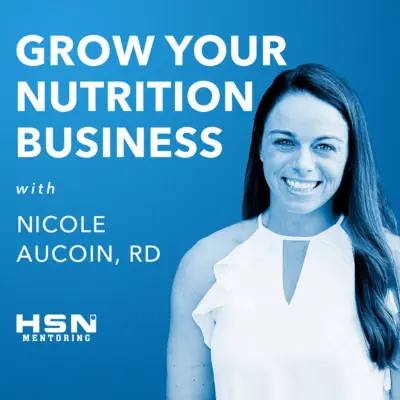
Jul 14, 2025
#203 The Gym Owner’s Guide to Running a Fall Nutrition Challenge
Grow Your Nutrition Business ❭
A must-listen for gym owners planning a fall nutrition challenge. Inside this episode, we walk through the proven Healthy Steps Nutrition framework that’s helped over 5,000 coaches launch successful challenges that boost engagement, drive results, and convert participants into long-term clients. You’ll learn: ✅ The overall fall nutrition strategy for maximum impact ✅ The best time to launch your challenge to increase engagement and conversion ✅ How long your challenge should be (and why it matters) ✅ Answers to the most common questions gym owners ask when planning a challenge 💡 Want to save time and avoid reinventing the wheel? The Healthy Steps Nutrition Challenge Intensive is a plug-and-play system to plan, launch, and execute a professional nutrition challenge inside your gym. Exclusively delivered through the Healthy Steps Nutrition App. Enroll here: https://growyournutritionbusiness.com/turn-key-nutrition-challenge-for-gym-owners/
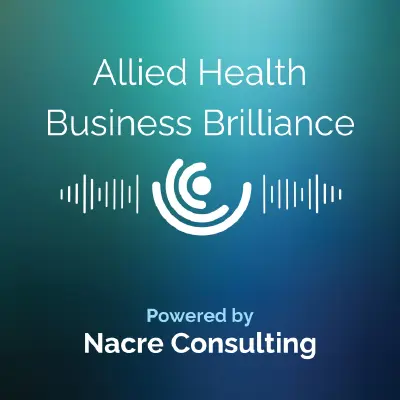
Jul 13, 2025
From Solopreneur to Powerhouse – Leading Change and Building Culture
Allied Health Business Brilliance ❭
Kelly Forbes is the Founder and Director of Forbes Care Occupational Therapy. With a background in paediatric OT, Kelly is known for her team-first leadership approach and commitment to building a business where clinicians thrive. From solo practitioner to Director of a 26+ person Allied Health business, Kelly Forbes has led Forbes Care Occupational Therapy with purpose, culture, and calm. Host Cathy Love speaks with Kelly about her transition into business leadership, and the steps she’s taken to grow a sustainable, values-based business. They discuss the impacts of the 2025 NDIS Pricing changes and how Kelly’s team is responding with financial foresight and clear communication. Hear how Forbes Care’s feedback culture supports staff wellbeing, leadership development, and clinical excellence. Topics covered on team growth, NDIS reform, leadership mindset, and culture: Team growth & structure – Kelly’s journey from sole trader to building a team with flexible roles, clear pathways, and strong foundations. Navigating NDIS changes – Strategic responses to the July 2025 pricing changes, especially around travel and service mix. Leading & letting go – How Kelly overcame her fear of delegation and developed a shared leadership model. Embedding culture & feedback – Creating psychological safety, honest communication, and a culture of ongoing development. Related Episode Episode Number 347: Navigating NDIS Reform and Future-proofing Allied Health Businesses P.S. Need a little extra support on your business journey? Whether you’re navigating challenges or looking to reach new goals, we’re here to support your growth. Book a Complimentary Power Call with us, and let’s talk about how we can help you achieve your vision for your Allied Health business.Midroll Message: Attend our FREE Masterclass!

Jul 13, 2025
Gindo’s Spice of Life Hot Sauces Review
My Big Fat Bloody Mary Podcast: Day Drinking | Recipe Sharing | Product Reviews ❭
Gindo’s Spice of Life Hot Sauces Review with the Mastersons

Jul 13, 2025
Episode 526: The Financial Physician July 13, 2025
"The Financial Physician" with Lou Scatigna, CFP ❭
How To Free Your Estate From ProbateThe Sorry State Of Education In AmericaThe DOJ Is Covering Up The Epstein Files, Bongino and Patel Threaten To ResignVile Democrats Cheer Death Of "Little White Girls" In Flood (Blame Trump)Comey and Brennan Under Investigation For Russia HoaxAnd Much More!!!
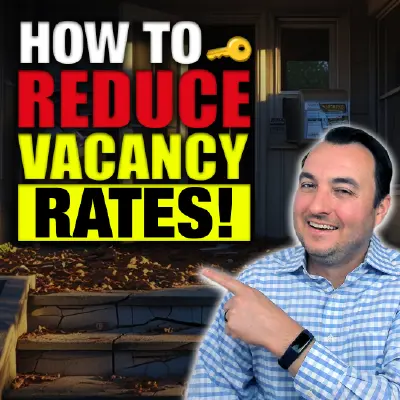
Is your rental unit sitting vacant longer than expected?
In this Strategy Saturday episode, Charles Carillo dives into the hidden costs of vacancy and shares the key strategies he uses to reduce downtime, increase lease renewals, and keep units filled. Whether you're managing a duplex, multifamily, or turnkey rental, you’ll learn how to avoid common marketing mistakes, improve tenant retention, and ultimately boost your NOI.
Charles covers everything from listing photos and tenant screening to early lease renewals and fraud prevention — plus he shares why most landlords lose money before the tenant ever moves in.
Mentioned Episodes:
SS74: What is the Difference Between Physical and Economic Vacancy - https://youtu.be/QDc-P15oRro
SS151: Understanding Vacancy and Make Ready Costs - https://youtu.be/AzpgO6yLTTM
SS230: Stop Wasting Money on Upgrades | Do These Instead for Higher Rents - https://youtu.be/2QwLnQNhZiM
Subscribe to never miss a weekly dose of real estate investing insights!
Connect with the Global Investors Show, Charles Carillo and Harborside Partners:
◾ Setup a FREE 30 Minute Strategy Call with Charles:
http://ScheduleCharles.com
◾ Learn How To Invest In Real Estate: https://www.SyndicationSuperstars.com/
◾ FREE Passive Investing Guide: http://www.HSPguide.com
◾ Join Our Weekly Email Newsletter: http://www.HSPsignup.com
◾ Passively Invest in Real Estate: http://www.InvestHSP.com
◾ Global Investors Web Page: http://GlobalInvestorsPodcast.com/
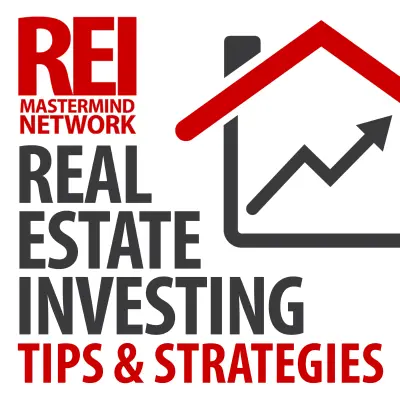
Jul 12, 2025
5 Costly Mistakes in Real Estate Investing (And Fixes!) w/ Ian Drewe
Real Estate Investing with the REI Mastermind Network ❭
Discover the 5 costly mistakes in real estate investing and how to avoid them! Learn from Ian Drewe, a seasoned real estate investor and multifamily expert, as he shares his journey from Australia to becoming a prominent name in U.S. real estate. From navigating multifamily assets to building an investment portfolio, Ian provides actionable strategies, lessons learned, and proven real estate investment strategies to help you create generational wealth.🚀 What You’ll Learn in This Episode:Common pitfalls in real estate investing and how to fix them.The importance of strategic renovations and building strong investor relationships.How data, technology, and AI are transforming deal sourcing and underwriting.Insights into multifamily properties, Section 8 housing, and the current market trends.Tips to grow and scale your investment portfolio while staying focused on the fundamentals.👥 Connect with Ian Drewe! Visit https://avocaproperty.com/ for more about his multifamily investment strategies and how his team is creating opportunities in Texas, Florida, Oklahoma, and South Carolina.🎧 Subscribe to the REI Mastermind Network PODCAST! Don’t miss out on Ian's incredible insights and other expert advice to take your real estate investing game to the next level.💡 "Relationships are everything. Maintain strong connections with your investors, and success will follow." – Ian Drew🔥 Support the show by sharing this episode with your investor friends, liking the video, and subscribing to the channel. Your engagement helps us bring you more transformative stories and expert advice!Unlock the secrets to building wealth through real estate investing. Hit that subscribe button and join a community dedicated to creating generational wealth through smart investment strategies!#realestaterookie #housingmarket #duediligence #multifamilydemand #interestratesCHAPTERS:00:00 - Intro00:16 - Real Estate Journey02:52 - Current Focus in Real Estate04:57 - Emerging Trends in Real Estate08:00 - Data and Technology in Business12:12 - Jackson Place Overview17:49 - Avoiding Digital Marketing Pitfalls19:11 - Choosing the Right Mastermind Group20:14 - Understanding Bait and Switch Tactics23:21 - Future Plans for Ian25:45 - Missed Topics of Discussion26:18 - Personal Lies and Self-Reflection26:36 - Advice to Younger Self26:54 - Recommended Reading27:18 - Time-Saving Tools in Real EstateRealDealCrew.comWe empower real estate investors by optimizing your business processes through customized automation and system integration. From lead management to deal closure, we help you build a scalable and efficient operation. Learn more at RealDealCrew.comLIKE • SHARE • JOIN • REVIEWWebsiteApple PodcastsYouTubeYouTube Music
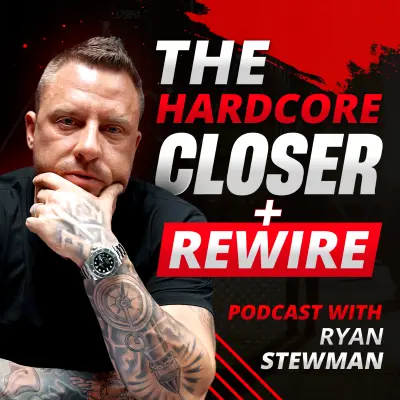
The Big Beautiful Bill was passed on July 4th. And there's a ton to uncover here. As it goes with passing bills, you know as well as I do now that some of these bills have fancy names that have nothing to do what they say they're for. War money gets slipped into a bill that has nothing to do with healthcare. Special protections are implemented for causes you don't support or pay for. Your congress people and senators tell you they didn't vote for certain things, or they play dumb, and the truth is they knew what was in the bill the whole time. They just had to give up something to get something. Support things they didn't and YOU don't stand for. But that's the way of politics. In tis episode, I'm going to cover a ton in this bill........ Well, at least the big parts that will impact you the most. I'm covering: Space Exploration The Trump VS Elon feud Tax breaks that give you huge savings if you're a business versus individual, parent, etc. I'm giving you some perspective of what to plan for and share how much time you have to cash in on the big beautiful things in this big beautiful bill. Buckle up. Take notes. And get ready to map out a solid plan for the next 4 years! About the THC Podcast Nothing is off-limits in these weekly episodes of the Hardcore Closer Podcast with Ryan Stewman. Politics, Finance, Religion, Tin-foil hat theories, and interdimensional space aliens. Ryan Stewman takes a very factual approach to simplifying the most complex things we are experiencing in real time in this timeline. Leave your feelings at the door and buckle up for a fresh perspective with no fluff, and just the hardcore stuff that reality is made of. Learn how you can become a member of a powerful community consistently rewiring itself for success at https://www.jointheapex.com/ and learn how you can finally partner with someone helping you grow, scale, and have the most successful business without the complexities of sharing equity in your company https://closercap.com/ Rise Above 🇺🇸

